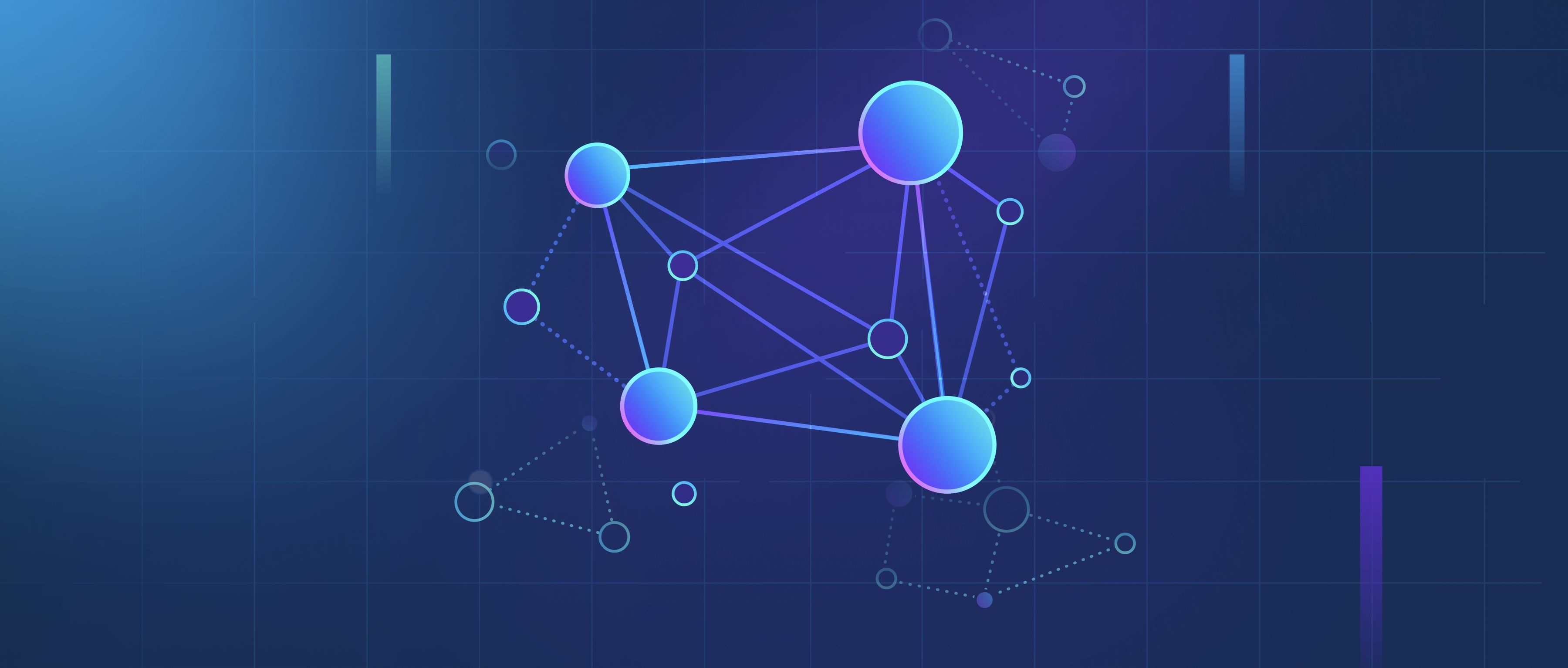Object detection in computer vision refers to the task of identifying and locating objects within an image or video. The goal is to not only classify the objects present but also to determine their precise location by drawing bounding boxes around them. Object detection combines techniques from image classification, which identifies what an object is, and localization, which indicates where it is within the image. Examples include detecting people, cars, or animals in images. Modern object detection algorithms, such as YOLO (You Only Look Once) or SSD (Single Shot MultiBox Detector), have become popular due to their accuracy and speed. These models work by processing the entire image at once, allowing them to detect multiple objects in one pass. Applications of object detection include facial recognition in security systems, tracking moving objects in autonomous vehicles, and identifying defective items on assembly lines in manufacturing. Object detection is one of the most important tasks in computer vision and has wide-ranging applications across various industries.
What is object detection in computer vision?

- Accelerated Vector Search
- Natural Language Processing (NLP) Advanced Guide
- GenAI Ecosystem
- Mastering Audio AI
- Evaluating Your RAG Applications: Methods and Metrics
- All learn series →
Recommended AI Learn Series
VectorDB for GenAI Apps
Zilliz Cloud is a managed vector database perfect for building GenAI applications.
Try Zilliz Cloud for FreeKeep Reading
How does Gemini 3 perform compared to GPT-4o on reasoning benchmarks?
Gemini 3 is designed to compete at the high end of reasoning benchmarks, and public data from Google suggests that Gemin
What are the challenges of working with vector embeddings?
Working with vector embeddings presents several challenges that developers must navigate to effectively utilize them in
How do pretrained multimodal models differ from task-specific models?
Pretrained multimodal models and task-specific models serve different purposes and have distinct characteristics in mach